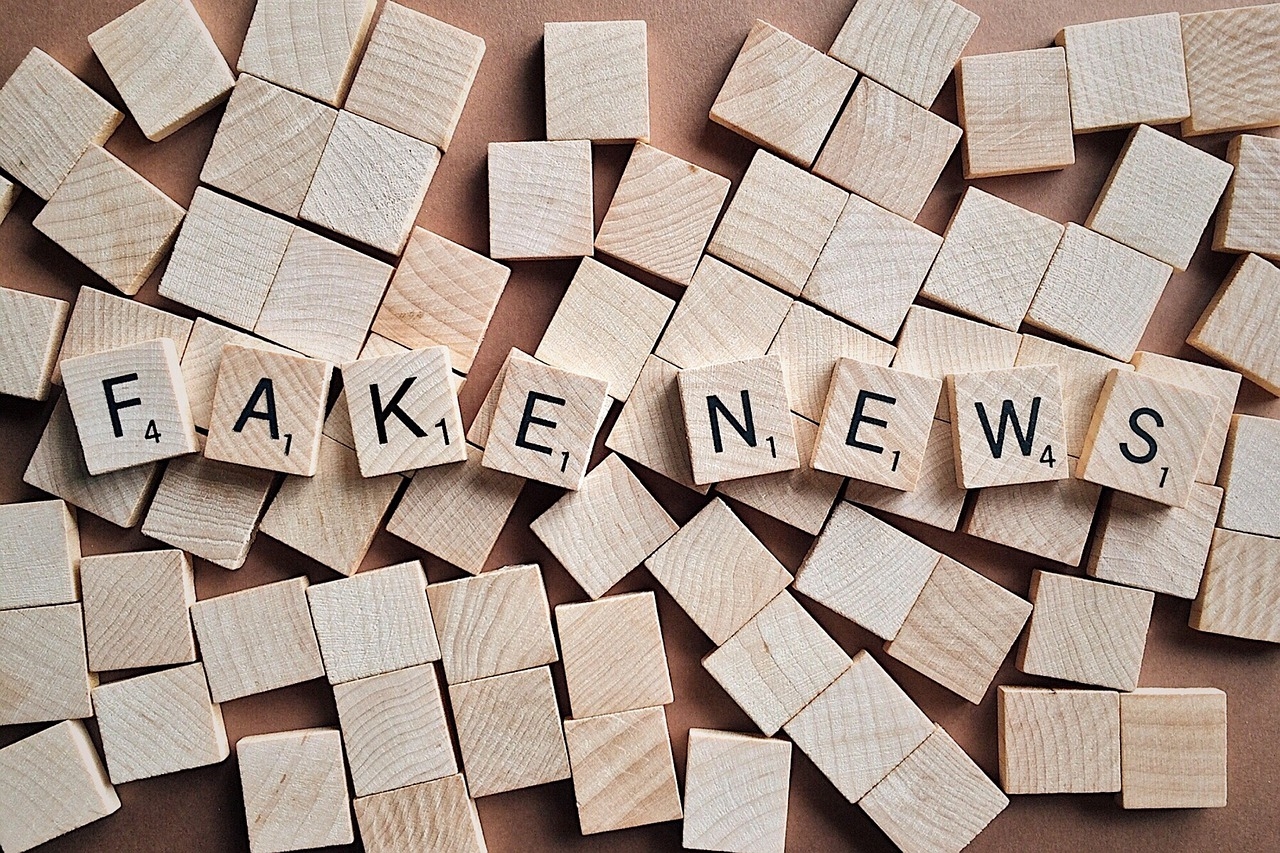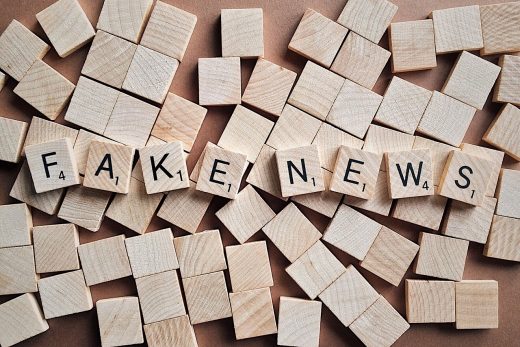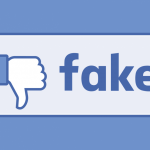It’s Time For The Advertising Industry To Help Fight ‘Fake News’
— December 12, 2017

Wokandapix / Pixabay
It’s a sad time for real news with “fake news” being crowned word of the year by dictionary publisher Collins.
Two reasons spring to mind, that first the fabric of news is now artificial, and second that Collins have somehow managed to escape the fact that “fake news” is two words.
But let’s move past the latter and focus on the fact that content which is intentionally false, created to manipulate and muddy readers’ perceptions, is, sadly, the hallmark of 2017.
Some argue that fake news’ influence is all pervasive, taking root in people’s minds, affecting our collective human consciousness and moulding us into robots who are willing to accept the latest politically-charged narrative at face value, ambling steadily forward to a point of no return.
However, the truth is much more complex that this. It is our society that is feeling the harmful impact of fake news if truth be told. Buzzfeed has found fake news had higher engagement on Facebook compared to actual news stories, while before the 2016 US election it was reported that over 159 million visitors accessed fake news websites.
Despite focusing primarily on affecting political discourse, the main reason behind fake news spreading is much more simple: money. Whilst some may play to politics, look at Macedonian youths who were responsible for a large amount of pro-Trump content in 201, yet their underlying motivation was purely on a bottom line. They achieved this by creating and furthering an audience to whom this advertising can be sold to.
Now, to be fair to the social networks, they are attempting to take a stand against this. Facebook has conducted experiments that saw stories categorised as “fake” if enough people commented with “fake news” below the story. The big three, Facebook, Google and Twitter, have also recently committed to implementing “trust indicators” which will purportedly ease recognising and validating genuine news content.
These moves show a reassuring degree of seriousness towards the issue and I expect many more in the near future from others within the technology community.
Yet I really do think the advertising industry has a prominent role to play in tackling fake news as well. We spend billions of dollars across the digital medium and have earned a certain degree of responsibility. It is only recently, with the IAB’s “Gold Standard” and ads.txt initiative however, that we have obtained a veritable means of stopping it. Publishers can now stamp out counterfeit inventory by choosing what ad exchanges can bid on. The move is welcome, and evidence that when provided with the right impetus, we can come together to find the right solution.
But ads.txt is just the beginning of the path we are now set on continuing, albeit in a simple way. Advertisers need focus on what ads they placing and where. As the issue continues to gain traction we will be better equipped to fight fake news the more scrutiny we apply to ourselves.
Both advertisers and platforms need to work together to find solutions. By doing so we may see 2017’s word of the year fizzle out in a quicker fashion than many might have anticipated.
Digital & Social Articles on Business 2 Community
(51)













